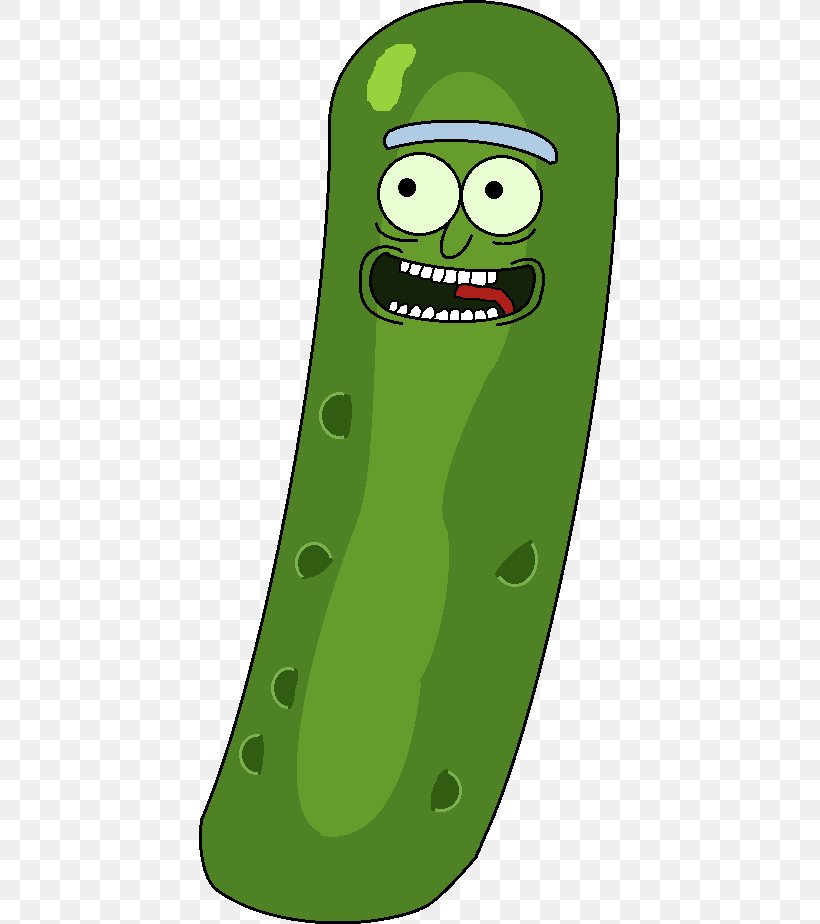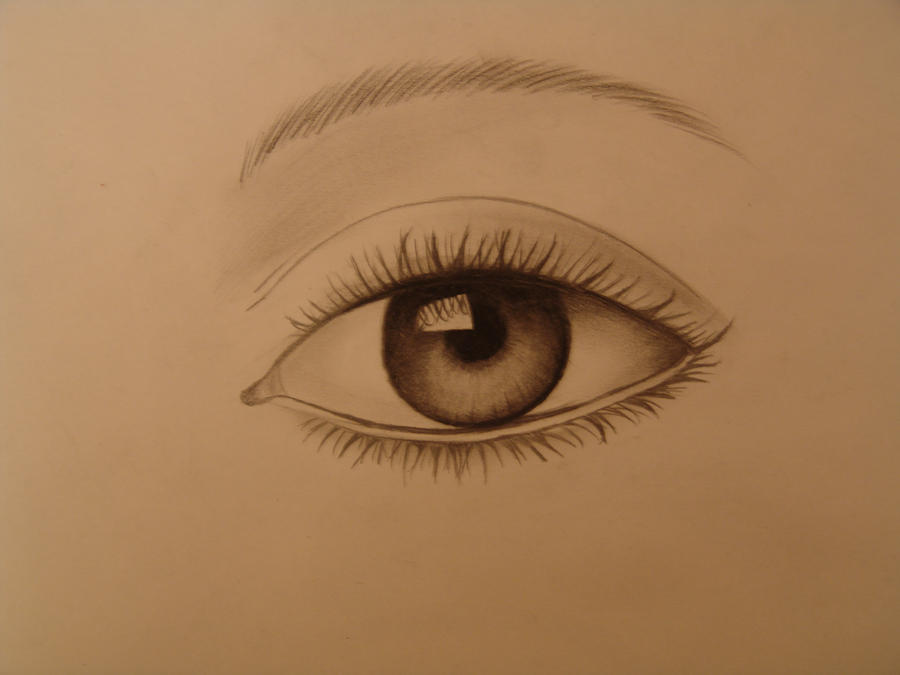Arm drawing sketch arms draw step tutorial drawings sketches paintingvalley
Table of Contents
Table of Contents
If you’re an artist looking to improve your craft, there’s a good chance you’ve struggled with drawing arms. The human arm is a complex structure with muscles, tendons, and bones that can be difficult to get right. But fear not – with some practice and the right techniques, you can learn how to draw an arm like a pro.
Pain Points of Drawing an Arm
When it comes to drawing an arm, one of the biggest pain points is getting the proportions right. The upper arm and forearm should be roughly equal in length, and the elbow should sit at the midpoint of the arm overall. Another challenge is understanding the muscle groups that make up the arm and how they move, which is crucial for creating convincing poses.
How to Draw an Arm
The first step in drawing an arm is to sketch out the basic shape using simple lines and shapes. Start with a light pencil outline of the arm’s length and basic joint placements like the shoulder, elbow, and wrist. From there, you can begin to add in the details, starting with the mass of the bicep and tricep muscles of the upper arm, drawing the bone of the lower arm, and then sketching in the hand and fingers. It may take some practice to create a dynamic and convincing pose, but remember to pay attention to the overall proportions and weight distribution of the arm.
Main Points of Drawing an Arm
To recap, when drawing an arm, it’s important to understand the basic proportions and muscle groups involved. Start with a light sketch of the arm’s length and joints, and then add in the major muscle groups of the bicep and tricep. Sketch in the bones and joints of the lower arm, and finish with the hand and fingers. Don’t forget to pay attention to the overall pose and weight distribution to create a dynamic and believable drawing.
Drawing an Arm: Tips and Techniques
One technique that can help when drawing an arm is to use reference images of real arms. Look at photos or videos of people in different poses to get an idea of how the arm looks and moves from different angles. Another tip is to pay attention to the lighting and shading of the arm, which can help create the illusion of depth and three-dimensionality.
Personally, I find that practicing gesture drawing can be a great way to improve my skills when it comes to drawing arms. Gesture drawing involves capturing the overall movement and flow of a pose in a few quick lines, which can help you understand the underlying structure and dynamics of the arm.
The Anatomy of an Arm
When it comes to drawing an arm, it’s important to understand the basic anatomy. The upper arm contains two major muscle groups – the bicep and the tricep – which are responsible for flexion and extension of the arm. The forearm contains a number of smaller muscles, including the flexors and extensors, which control the movement of the wrist and fingers. The bones of the arm include the humerus, radius, and ulna, which meet at the elbow joint.
Drawing Arm Poses and Gestures
When drawing the arm in different poses, it’s important to understand how the muscles and bones work together to create movement. Experiment with different angles and positions to get a better sense of how the arm stretches and contracts, and then try to capture that motion in your drawings. Pay attention to the weight and balance of the arm, and consider how the hand and fingers interact with objects or surfaces in the scene.
FAQs about How to Draw an Arm
Q: How can I improve my arm drawing skills?
A: Practice is key – keep drawing arms from different angles and in different poses to get a better understanding of their structure and movement. Also, try using reference images and paying attention to lighting and shading to add depth and dimensionality to your drawings.
Q: What are some common mistakes to avoid when drawing an arm?
A: One common mistake is getting the proportions wrong – make sure the upper arm and forearm are roughly equal in length, and that the elbow joint sits at the midpoint of the arm overall. Another mistake is drawing the arm too stiffly – try to add a sense of flow and motion to your drawings.
Q: Can I draw an arm without understanding anatomy?
A: While it’s possible to create a rudimentary arm drawing without a detailed understanding of anatomy, knowing the basic structure and movement of the arm can greatly improve the accuracy and believability of your drawings.
Q: Are there any shortcuts to drawing arms?
A: There are no real shortcuts when it comes to drawing arms – like any skill, it takes practice and dedication to improve. However, using reference images and practicing gesture drawing can help you improve more quickly.
Conclusion of How to Draw an Arm
Drawing an arm can be challenging, but with the right techniques and practice, anyone can improve their skills. Remember to pay attention to the basic proportions and anatomy of the arm, as well as the motion and flow of the pose. And, as always, keep practicing – the more you draw, the better you’ll get.
Gallery
MA Animation - Work In Progress: Drawing An Arm

Photo Credit by: bing.com / arm drawing muscle left draw sketch easy animation drawings forearm woman gun tutors started progress ma work clipartmag
Easy Anatomy: How To Draw Arms - YouTube

Photo Credit by: bing.com / draw anatomy arms easy
How To Draw Arms Step By Step - Narrated Tutorial - YouTube

Photo Credit by: bing.com / arm drawing sketch arms draw step tutorial drawings sketches paintingvalley
Drawing An Arm Step By Step - Practice Sketch - YouTube

Photo Credit by: bing.com / arm drawing sketch practice
How To Draw Arms. The Anatomy Of The Human Arm For Artists

Photo Credit by: bing.com / craftknights biceps






